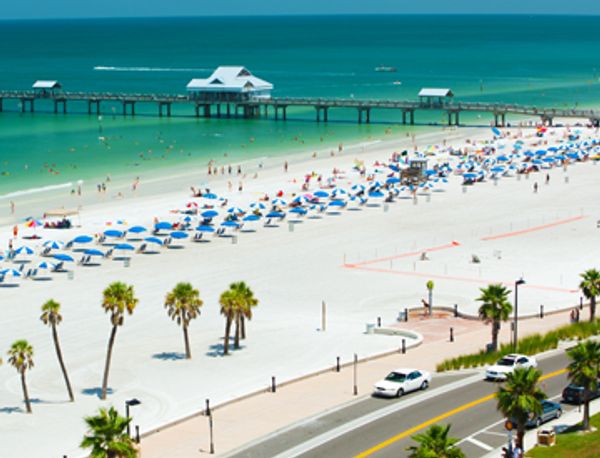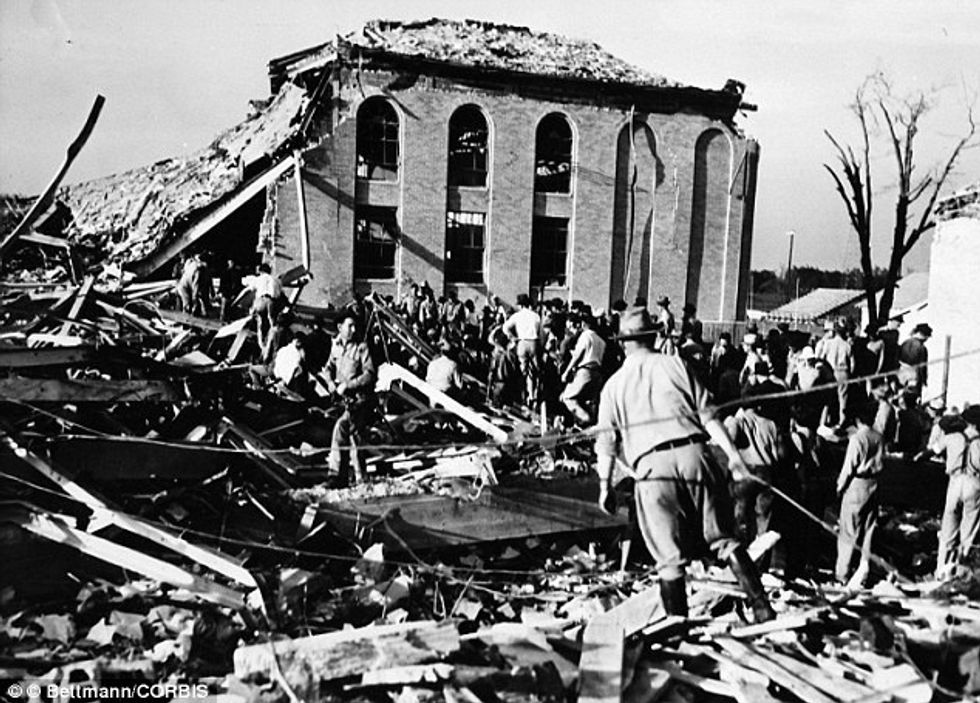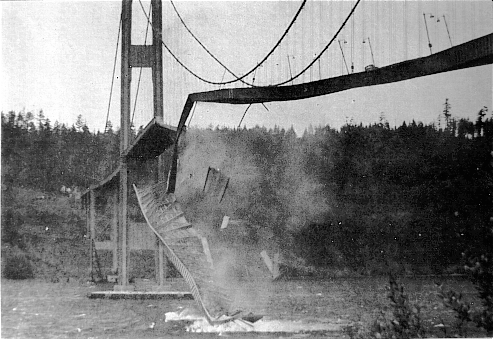One night I was talking to my roommate and started thinking about the Great Molasses Flood of 1919. She had never heard of it. So I began asking everyone if they had heard of it. Mostly the answer was no. And I began to wonder, why doesn't anyone know about this catastrophe and which others do I not know about?
1. The Great Molasses Flood
Arthur P. Jell, the treasurer of the Purity Distilling Company oversaw the construction of a 98 feet in diameter and 58 feet tall tank in 1915 that would hold Caribbean molasses. The molasses would be distilled into rum and industrial alcohol. During the process, however, he consulted nary an engineer or architect, he took no safety precautions, and he ignored advice that said that it was unstable. Residents of the neighborhood also complained that the tank leaked, but the company took no action to correct the problem. They were making a lot of money because of the huge tank, so there couldn't be a issue, right?
Wrong. On an unseasonably warm day, Jan. 15, 1919, the tank collapsed, sending an estimated 2.3 - 2.5 million gallons of molasses through the streets of the North End of Boston. The wave of molasses was between 15 and 40 feet tall and moved at a speed of 35 mph. The next time someone tells you that you move as slow as molasses in the wintertime, remind them of this event.
The flood took out many buildings and left destruction in its wake. Casualties included 21 deaths and 150 injuries. Many horses were stuck in the sticky substance and had to be shot because they could not be removed. The city had to be cleaned with pressurized salt water. This took much man power and many weeks. In the cleanup time, spectators came to the city and tracked molasses all over Boston. It was said that in the hottest summers, the smell of molasses was still in the air.
2. New London School Explosion
March 18, 1937: The Consolidated School of New London, Texas was built near oil rigs for around $1 million after Roosevelt's New Deal with the combination of state, county and federal funds. Originally, it used natural gas, but was soon convinced to save money by using a less stable waste gas to heat the building and water. This gas was odorless and built up in the school until something caused it to explode.At 3:05 p.m. the roof shot off the building and crashed back down, killing about 500 teachers and students. 200 escaped with injuries and amazingly some walked out unharmed. Nearby towns rushed to New London's aid, with volunteers coming to pull people out and setting up aid stations in their towns.
This waste gas is now burned at the site of the extraction and is not used to heat schools.
3. Tacoma Narrows Bridge Collapse
Nov. 7, 1940
Leon Solomon Moisseiff, an early 20th century suspension bridge engineer, opened his two-lane suspension bridge that was more than a half mile long, on July 1, 1940 after a 19-month construction period. It was lightweight with an art-deco design. Although other engineers had concerns, Moisseiff said that it was "the most beautiful bridge in the world." Local media referred to it as "Galloping Gertie" because the blowing wind created large and long-lasting waves.
Spectators surfed the waves while others complained of motion sickness. On Nov. 7, 1940 Professor F.B. Farquharson of the University of Washington and his research team brought a camera to record the movements of the bridge for further study. This also happened to be the day of the collapse. A cable clamp slipped around 10 a.m. and the bridge began to twist. It was immediately closed. One car abandoned on the bridge contained a three-legged Cocker Spaniel named Tubby. He was unable to be rescued and it the only casualty of the event. :(
Watch the video of the collapse below:
4. Legionnaire's Disease Outbreak
Between July and August of 1976, over 200 people came down Legionnaire's disease after visiting the Bellevue-Stratford Hotel in Philadelphia, Pennsylvania. Many had attended the American Legion's annual meeting. The patients had high fevers and pneumonia. The Philadelphia Health Department alerted the Centers for Disease Control (CDC) of the correlation between the meeting and the disease. They sent epidemiologists and scientists to investigate but could not determine the cause of the disease until Dec. 28, when a scientist reexamined some old slides and and found the bacteria Legionella pneumophila. The bacteria lives in things like air conditioners and shower faucets (think about that the next time you brush your teeth in the shower).
5. Crash of American Airlines 191
I saved this one for last because I found it to be both fascinating and terrifying.
On May 25, 1979, American Airlines 191 took off from Chicago's O'Hare International Airport. Disaster struck when the main left engine fell off the plane before takeoff. The engine took with it the hydraulics system for the take off and landing equipment, as well as the captain's electronic controls. Amazingly, the plane was able to get off the ground but soon fell 4,600 feet away from the runway where it landed on its left wing in a nearby field in a fiery explosion. It killed all 258 passengers, 13 crew members and two people on the ground.
The crash is demonstrated in the video below:


























